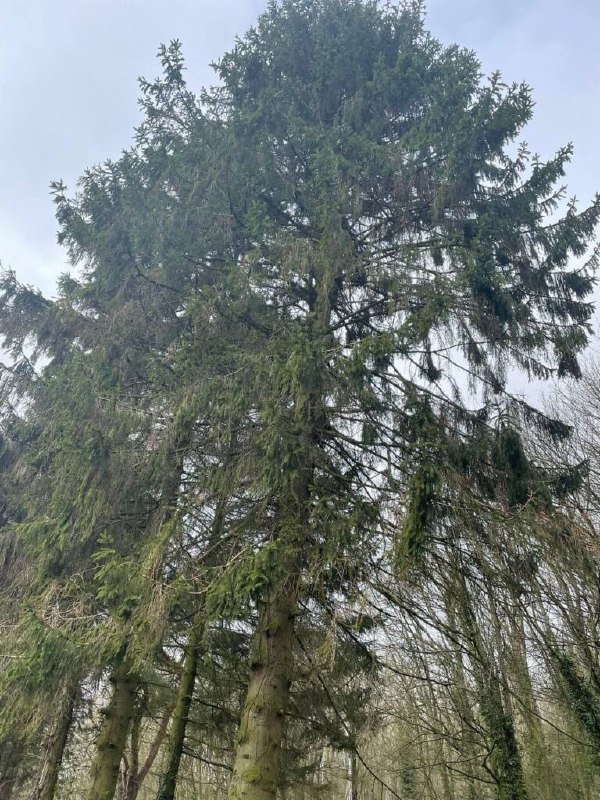
Introduction: Riparian zones are vital ecosystems that line the banks of rivers, streams, and other water bodies, serving as critical interfaces between land and water. These dynamic habitats support various plant and animal species, regulate water quality, and provide essential ecosystem services. However, riparian zones are vulnerable to degradation from human activities, including urbanisation, agriculture, and invasive species. Effective riparian zone management, including tree trimming, is essential for preserving the health and function of these valuable ecosystems. At Gravesend Tree Surgeons, we recognise the importance of tree trimming in riparian zone management and its role in maintaining the delicate balance between land and water.
Understanding Riparian Zones
Riparian zones are characterised by their unique hydrological conditions, with fluctuating water levels and periodic flooding shaping the landscape and vegetation. These dynamic environments support various plant species, including trees, shrubs, and grasses, specially adapted to the moist, nutrient-rich soils along waterways. Riparian zones provide important habitat for wildlife, act as buffers against pollution and sedimentation, and help regulate water temperature and flow.
The Role of Trees in Riparian Zone Management
Trees are integral components of riparian ecosystems, providing numerous benefits for biodiversity, water quality, and habitat stability:
- Bank Stabilisation: Tree roots help stabilise riverbanks and prevent erosion, reducing the risk of sedimentation and habitat loss. Trimming trees along waterways can help maintain bank stability and prevent undercutting during high-flow periods.
- Habitat Provision: Trees provide essential habitat for many riparian species, including birds, mammals, insects, and fish. Trimming trees to enhance canopy structure and diversity can increase habitat availability and support healthy wildlife populations.
- Water Quality Improvement: Riparian trees help filter pollutants and absorb excess nutrients from runoff, improving water quality and reducing the impacts of pollution on downstream ecosystems. Trimming trees selectively can enhance their effectiveness in trapping sediment and contaminants.
- Temperature Regulation: Riparian trees provide shade and help regulate water temperature, creating cool, sheltered microenvironments essential for sensitive aquatic species. Trimming trees to maintain a balanced canopy can ensure adequate shade coverage and temperature moderation.
Tree Trimming for Riparian Zone Management
Tree trimming is a key management tool in riparian zone management, helping to:
- Prevent Overcrowding: Thinning out dense tree stands and removing competing vegetation can create space for native plants to thrive and reduce competition for resources.
- Improve Access and Visibility: Trimming trees along waterways and trails can improve access for recreational users and enhance visibility for monitoring and management activities.
- Control Invasive Species: Targeted tree trimming can help manage invasive species that threaten riparian biodiversity and disrupt ecosystem processes. Removing invasive plants and promoting the growth of native vegetation is essential for maintaining the ecological integrity of riparian zones.
- Promote Natural Regeneration: Trimming trees selectively can create openings in the canopy that allow sunlight to reach the forest floor, promoting the germination and growth of native plants and supporting natural regeneration processes.
Conclusion: Riparian zones are invaluable ecosystems that provide essential services for people and nature. By recognising the importance of tree trimming in riparian zone management, we can protect and enhance these critical habitats for future generations.
Call us on: 01474 554896
Click here to find out more about Gravesend Tree Surgeons
Click here to complete our contact form and see how we can help with your tree’s needs.